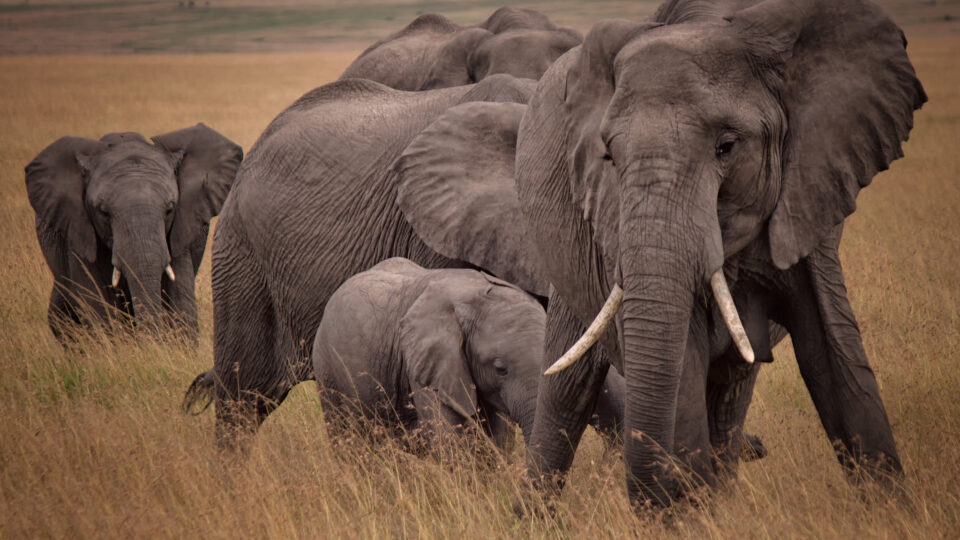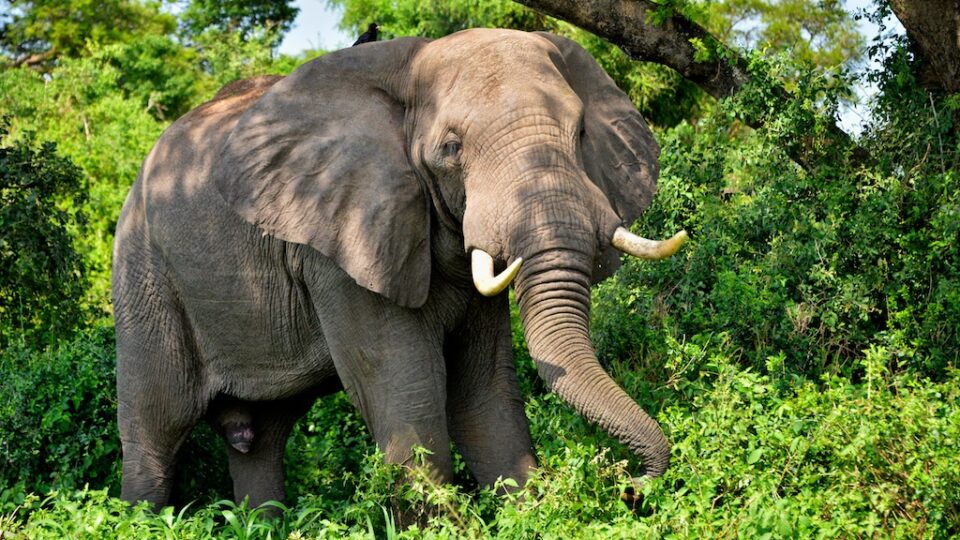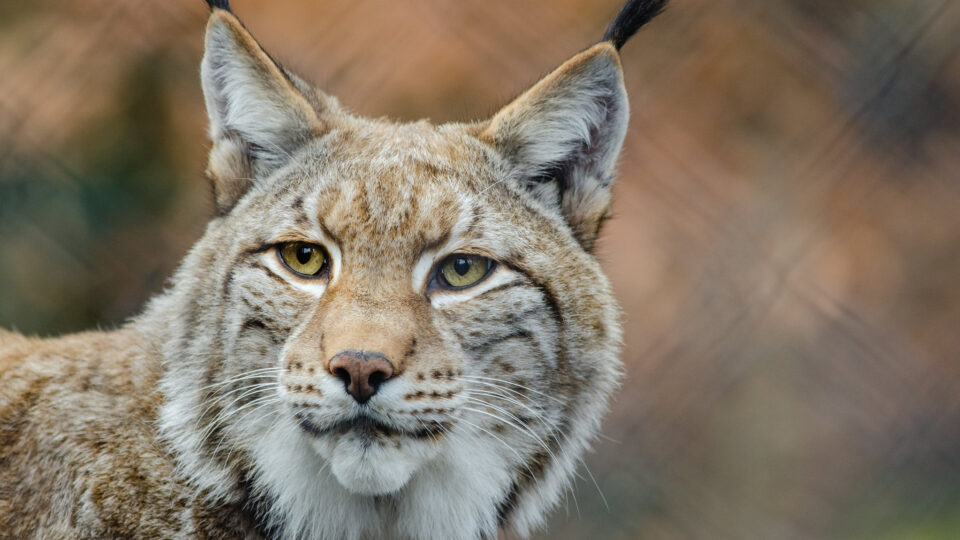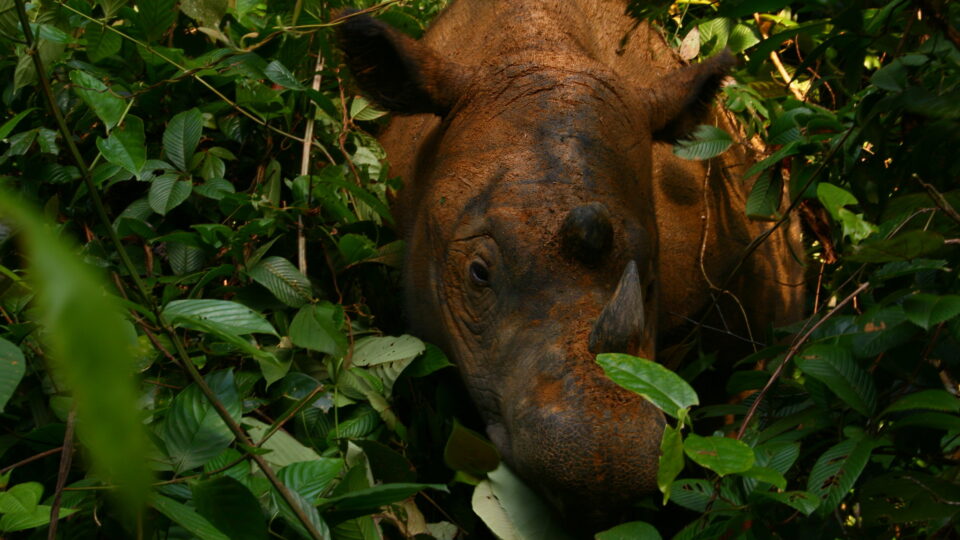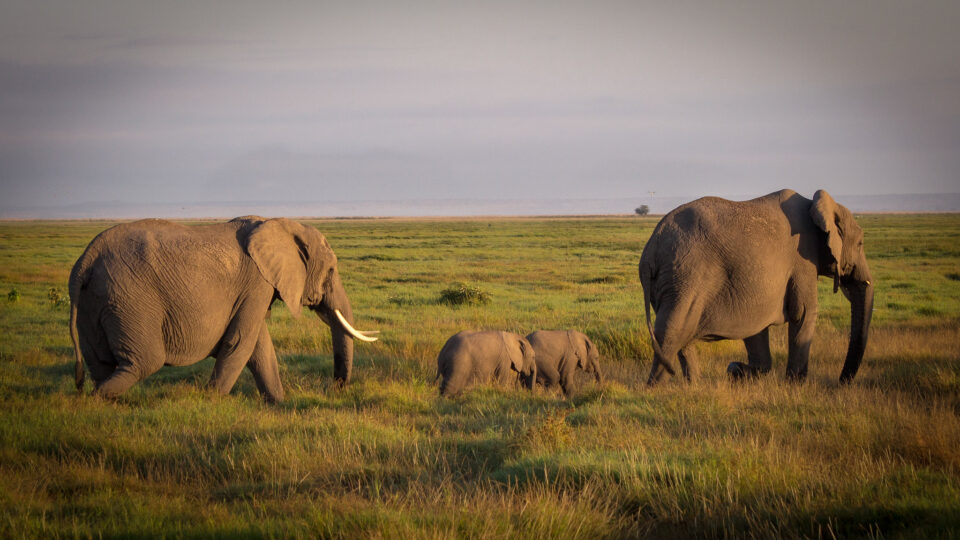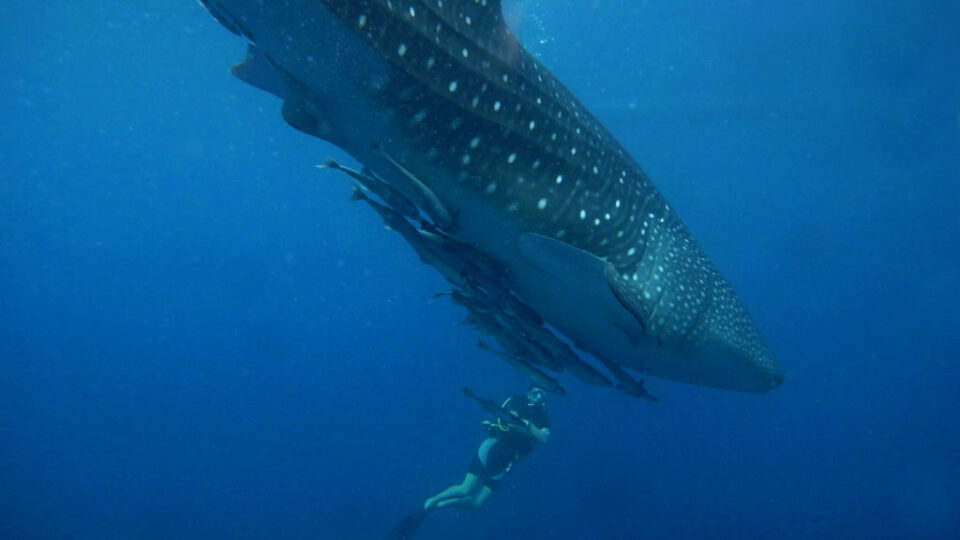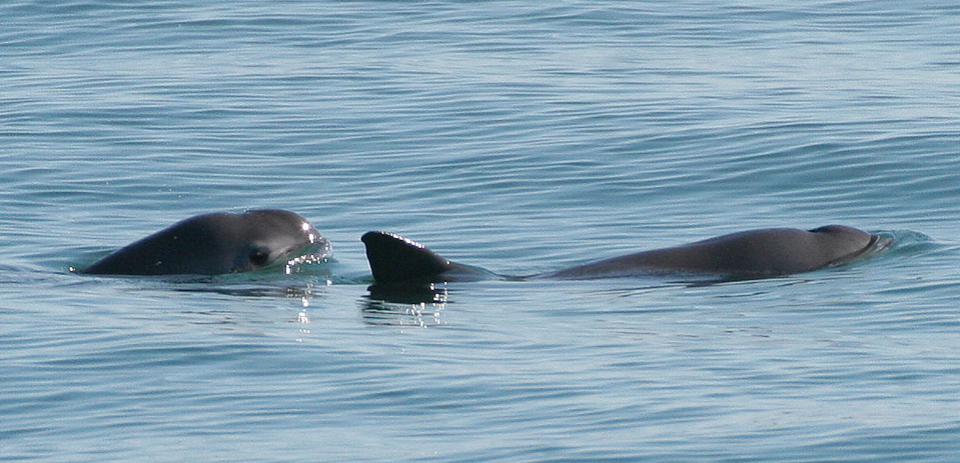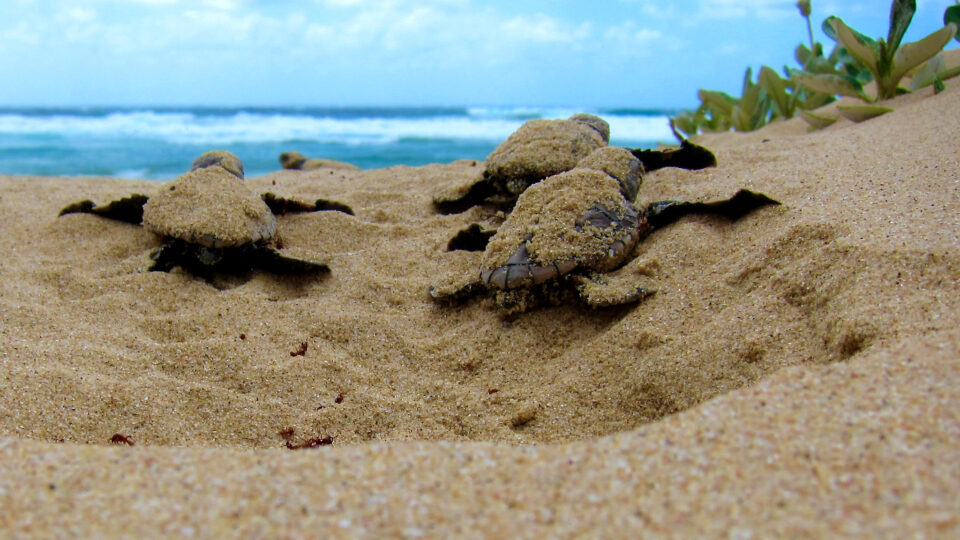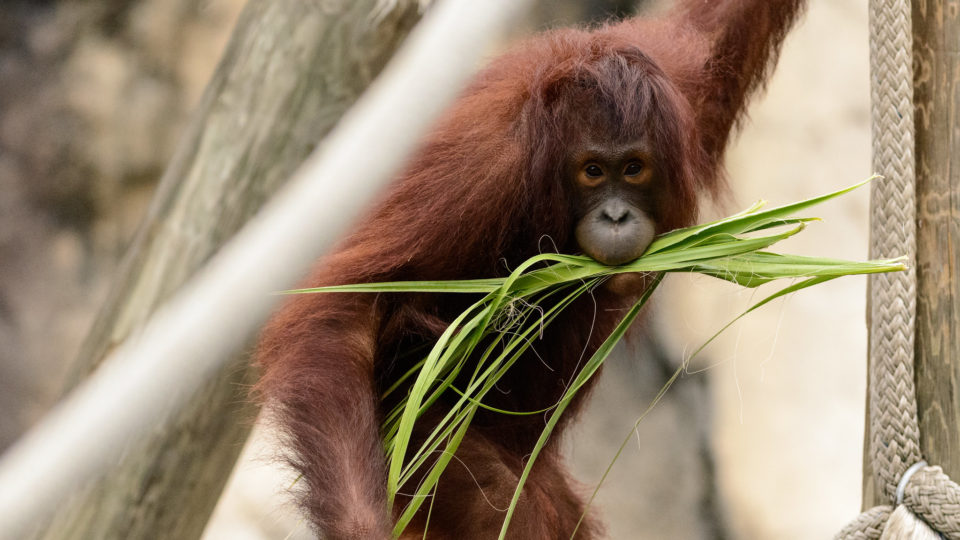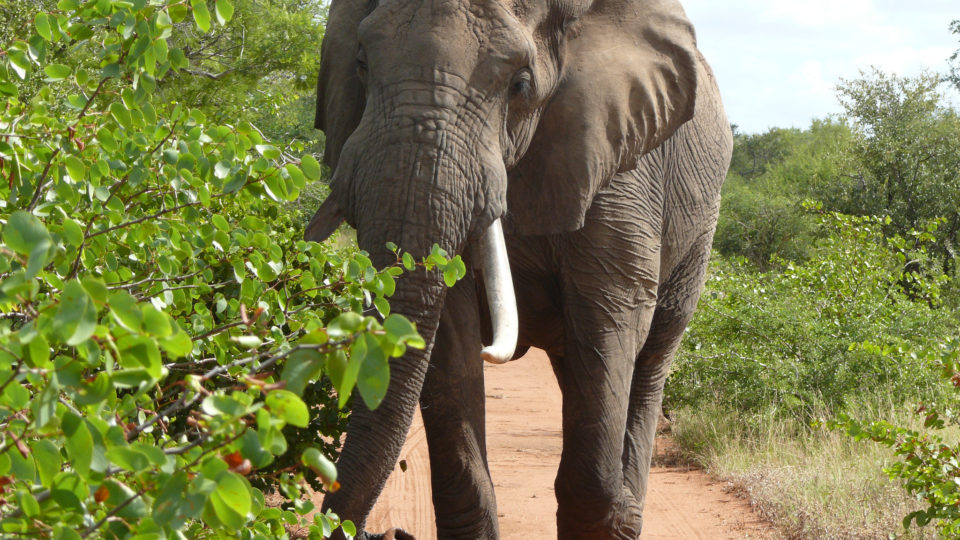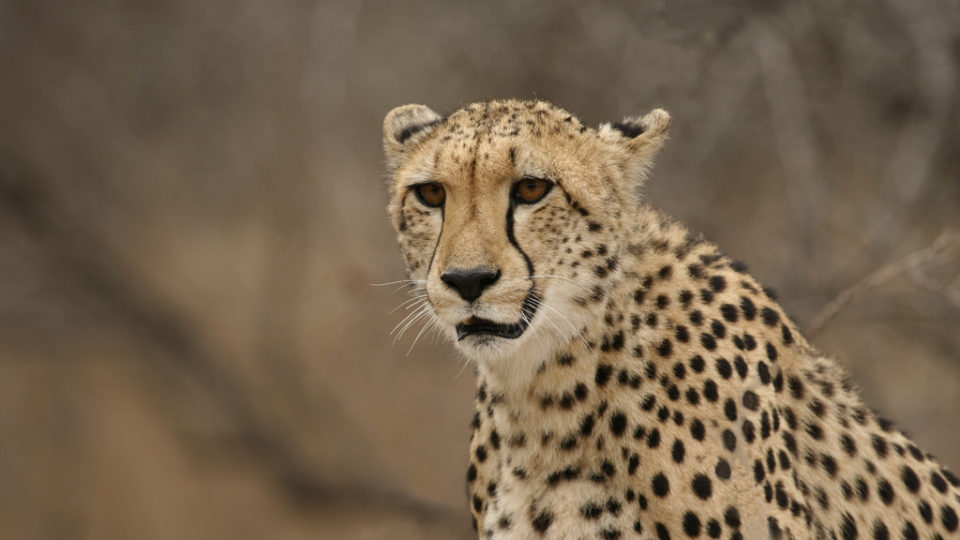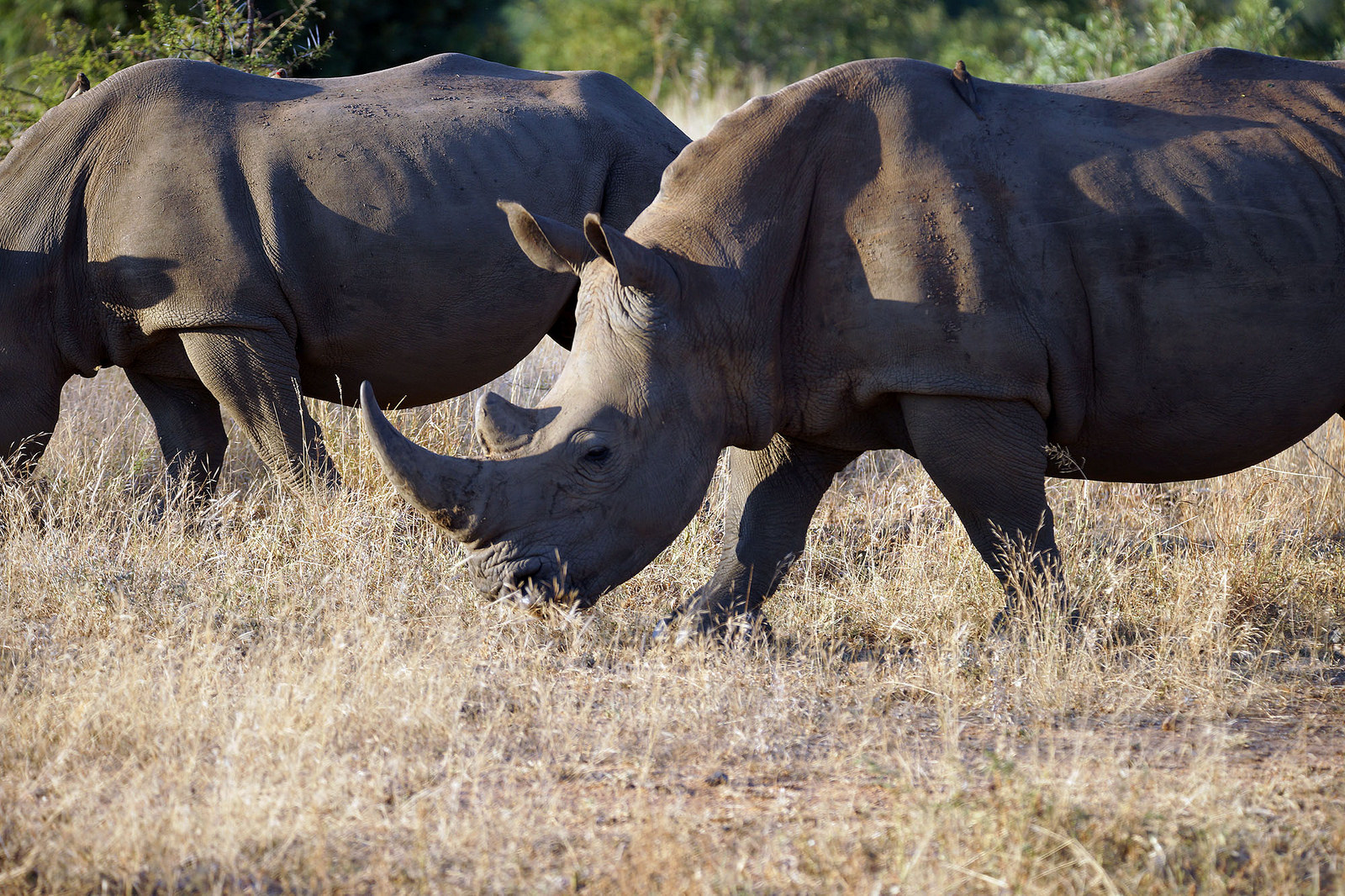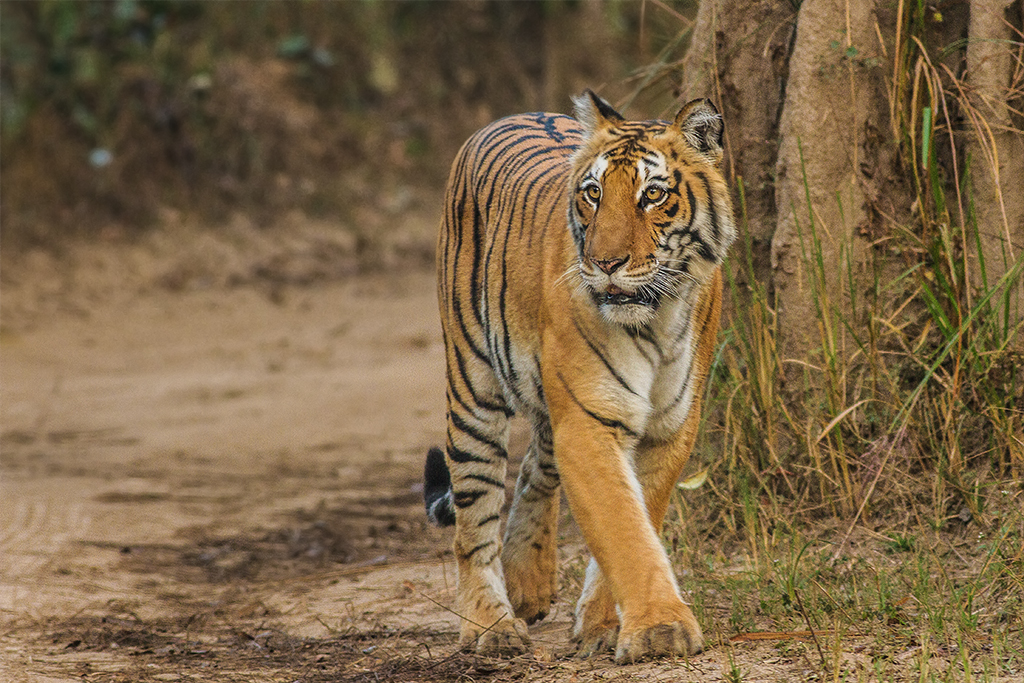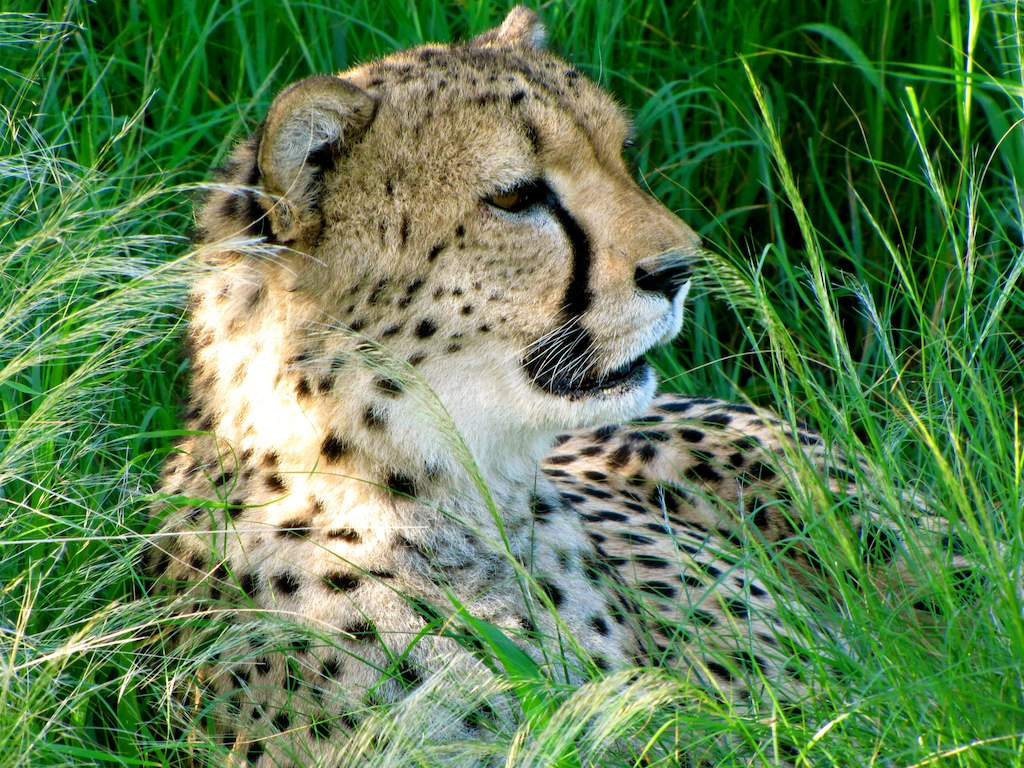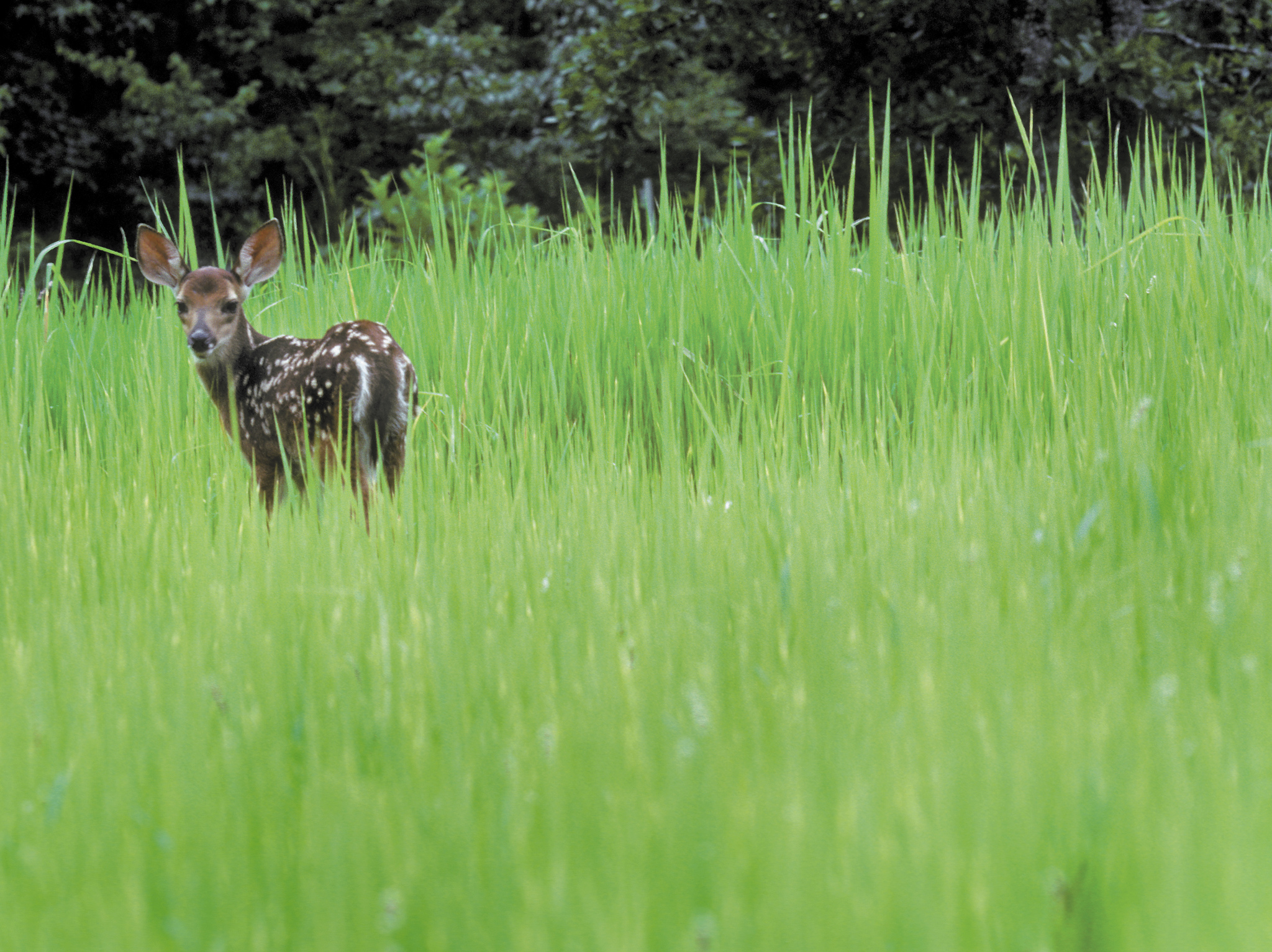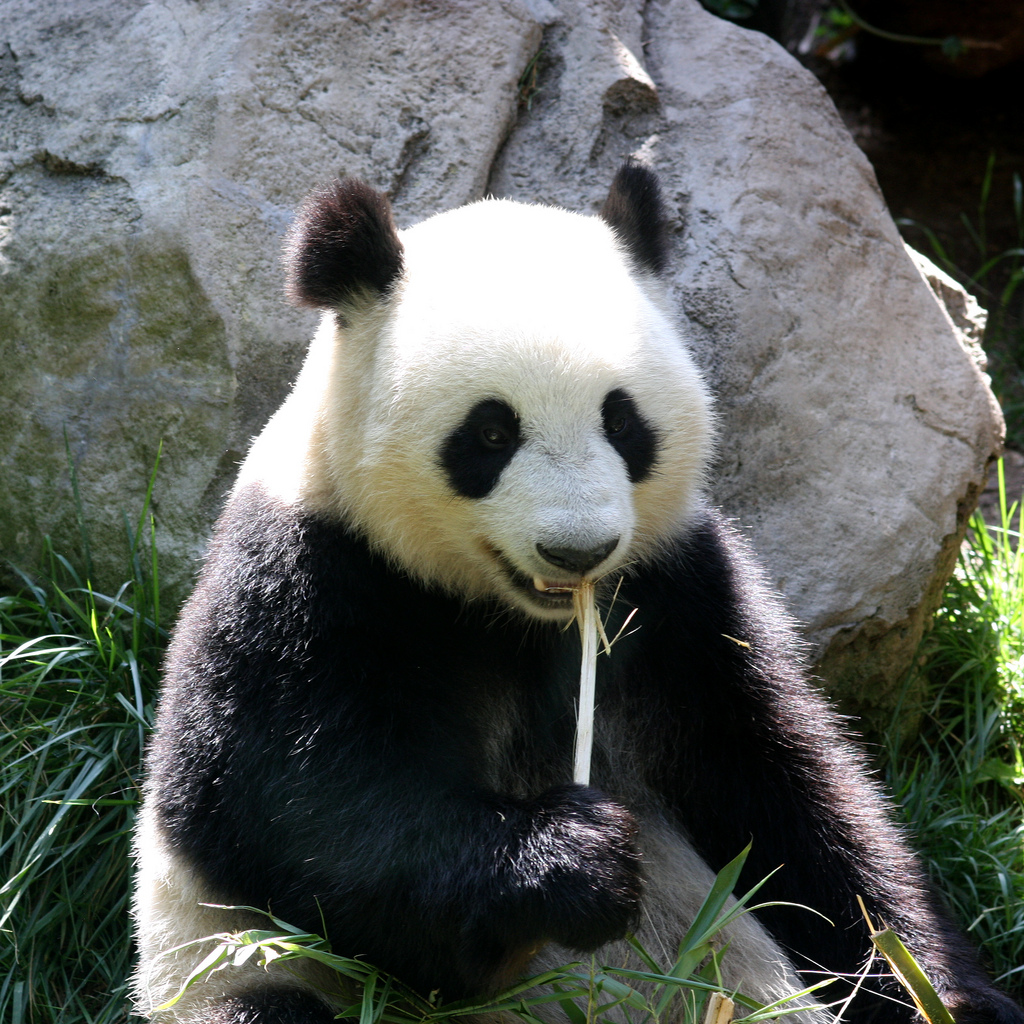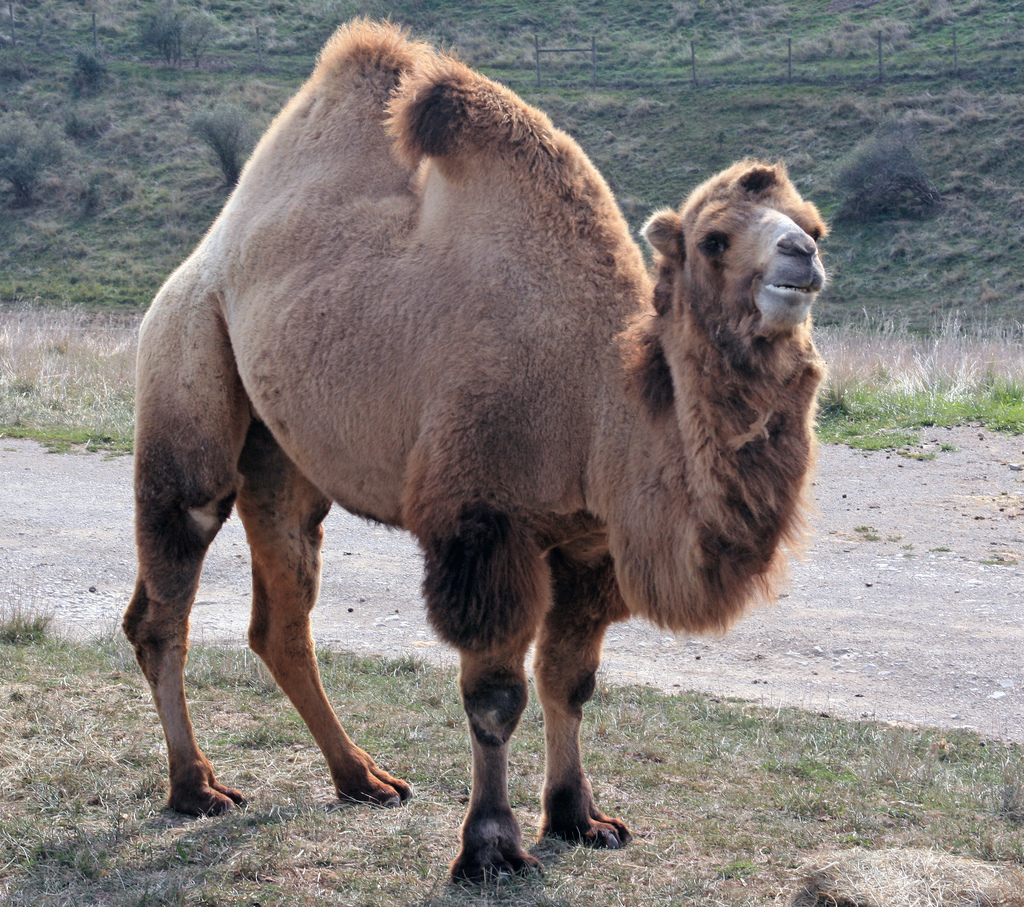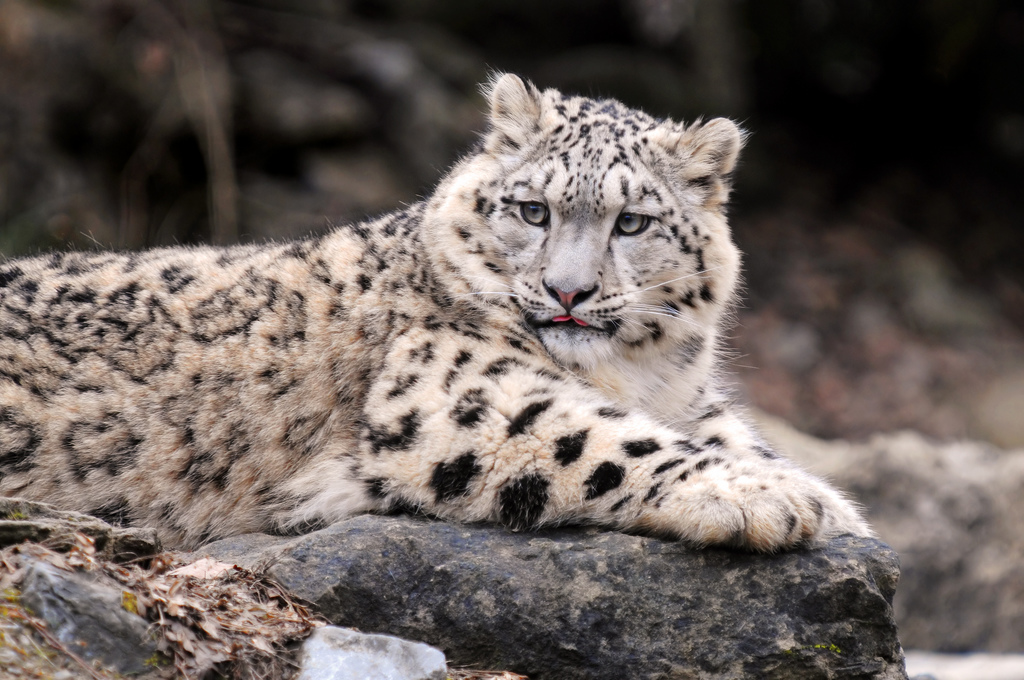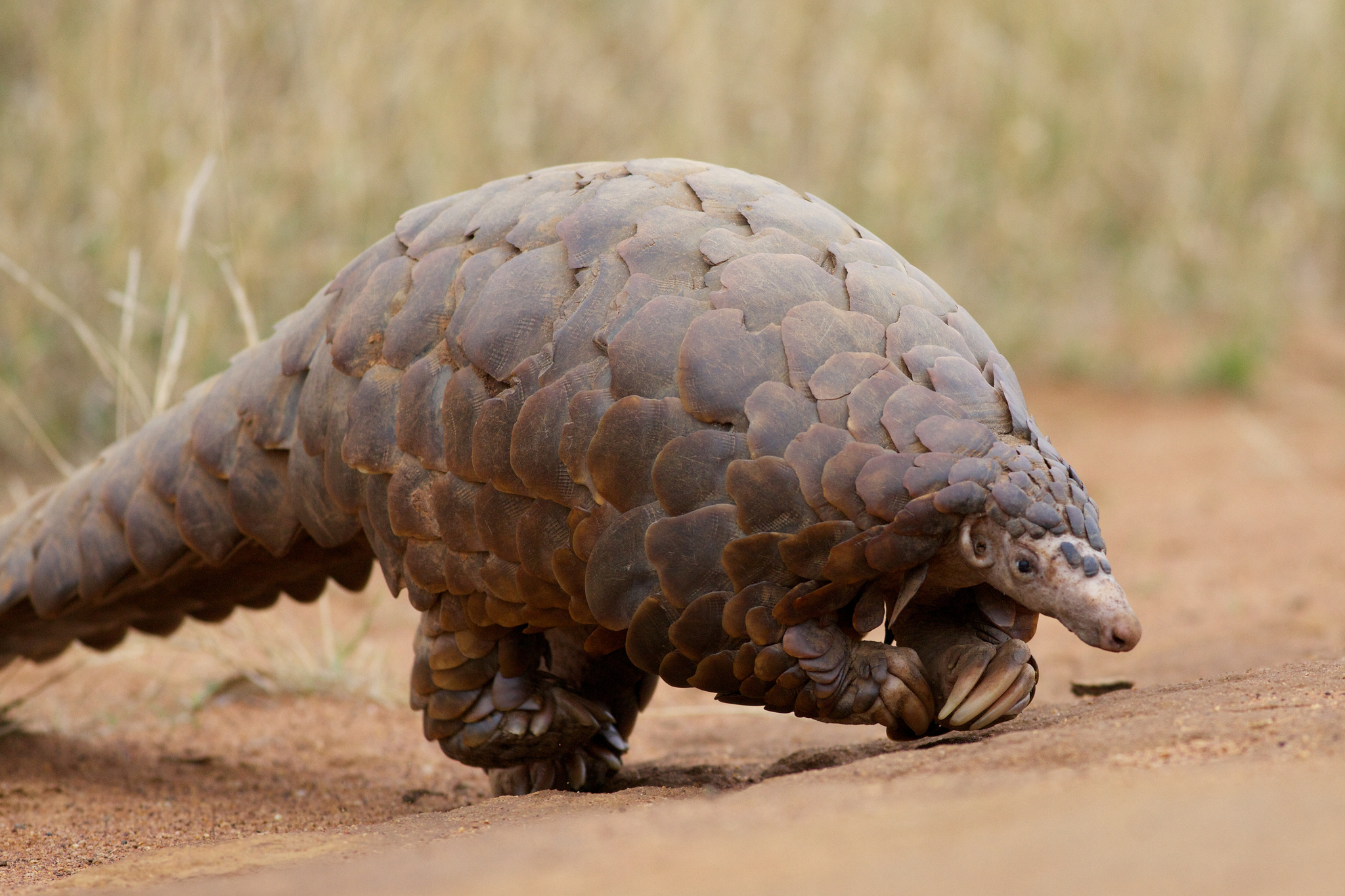Standing up to 13 feet tall and weighing up to 7 tons, African savanna elephants are the largest species of elephant and the biggest terrestrial animal on Earth. According to the World Wildlife Fund, African savanna elephants can be found in 23 countries and live in a variety of habitats, including savannas, forests, and deserts. The largest populations are in Southern and Eastern African countries.
According to assessments from the International Union for Conservation of Nature, the population of African savanna elephants has decreased by at least 60% over the last 50 years. Poaching and habitat loss are the two main drivers of the population decline. In 2021, the status of the African savanna elephant was changed from vulnerable to endangered on the IUCN’s Red List of Threatened Species.
However, according to a new study recently published in the journal Science Advances, conservation measures have successfully stopped African savanna elephant population declines across southern Africa. The international team of researchers found that the pattern varies regionally, with some elephant populations soaring while others are still facing large declines.
Overall, the study found that there are the same number of elephants now as there were 25 years ago. According to researchers, the key to long-term elephant population growth and sustainability isn’t where a protected area is, but rather how connected it is to other protected or neutral areas around it.
This isn’t a new concept; in fact, many parks have been connected to one another. But this study helps prove that the method is effective for elephant conservation.
**********
Web Links
Protected Areas for Elephants Work Best if They Are Connected
African elephant species now Endangered and Critically Endangered – IUCN Red List
Photo, posted October 20, 2018, courtesy of Ray via Flickr.
Earth Wise is a production of WAMC Northeast Public Radio
